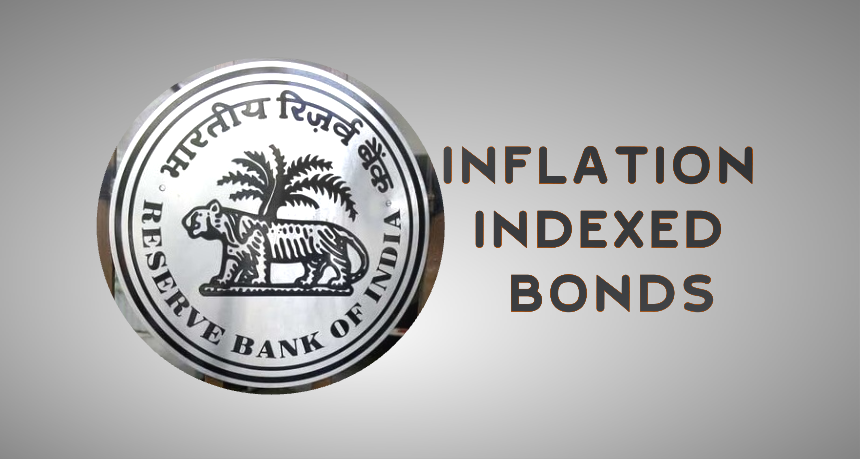An Inflation Indexed Bond, is a bond which assures a return higher than the inflation rate if held to maturity. The interest rates or which actually called coupon rates and capital appreciation of these inflation indexed bond is linked to the rates of inflation, hence the investor can be assured of safe returns. In other words the risk factor is reduced to NIL and investor can be assured of the return promised.
The government will start issuing inflation indexed bond from June’ 2013, that would help cover against price rise and also wean away investments from gold, often seen as a safe haven in times of high inflation.
RBI will offer such bonds every month starting June 4, 2013 with a target of mopping up Rs 12,000-15,000 crore in household savings. The first lot will be to the tune of Rs. 1,000-2,000 crore and will come with a maturity period of 10 years.
Institutional investors, domestic and foreign, would be allowed to purchase the initial set of securities from October, the plan is to allow only retail investors in the segment.
Government is trying this for the 2nd time to create a market for inflation-indexed bonds after it aborted its first bid launched in 1997. The new set of securities would be indexed to the wholesale price index with a four month lag. RBI said while the coupon or the interest rate will be fixed, the principal amount will be linked to inflation, resulting in a larger payout than the last time.
Although the move was announced in the Budget, the issuance comes at a time when gold imports have surged in the wake of a fall in international price. Despite the recent increase, prices of yellow metal are still about 20% lower than the peak seen a few months ago. As a result of the fall, consumers are back shopping for jewellery and coins.






